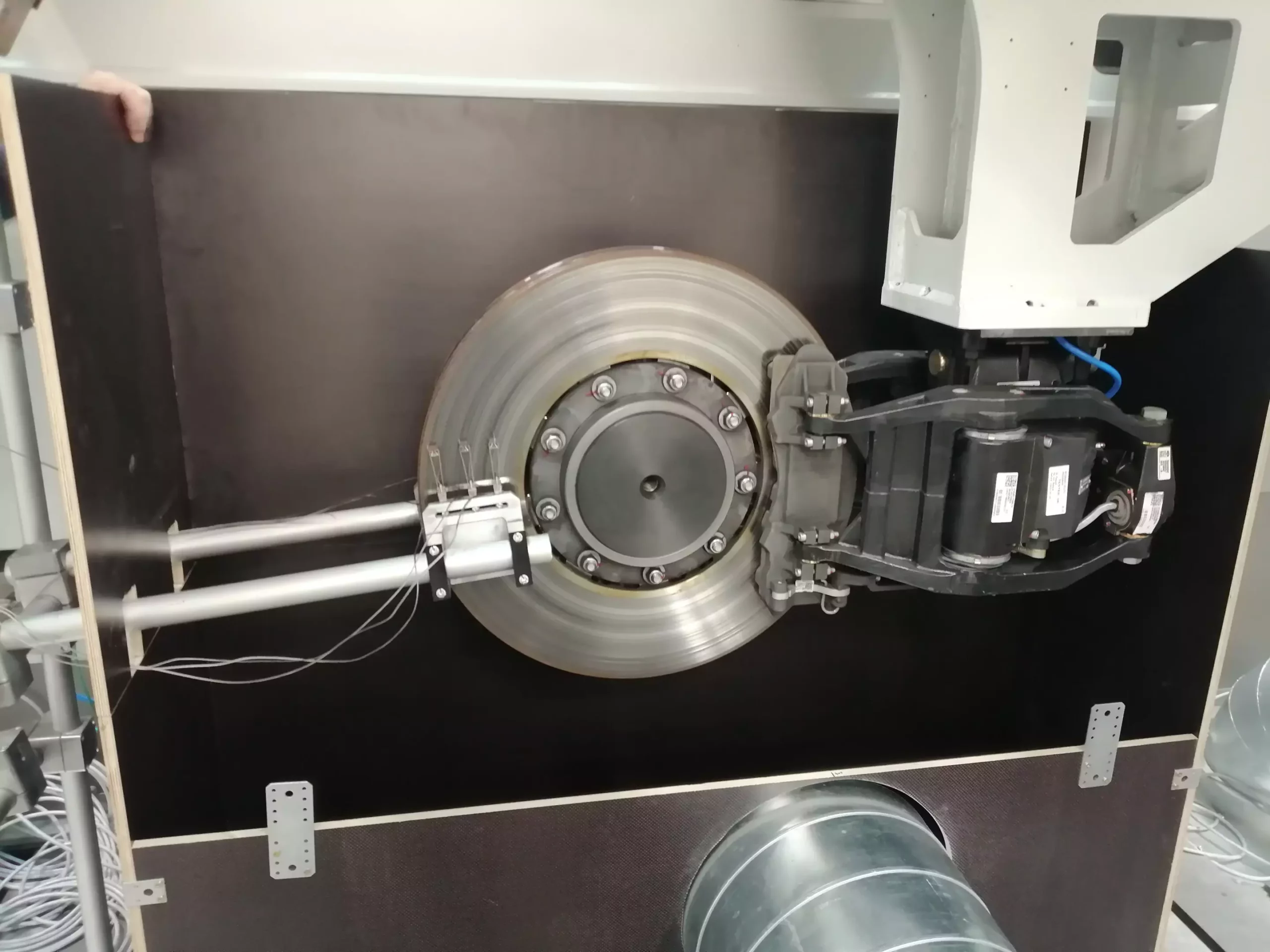When considering the environmental impact of traffic, exhaust emissions from vehicles have traditionally been the primary focus. However, recent research has shed light on the significant contribution of non-exhaust emissions, particularly from rail transport. A study commissioned by the German Center for Rail Transport Research (DZSF) has highlighted the importance of addressing abrasion emissions from tires, brakes, and other components of rail vehicles in assessing air quality and soil pollution.
In the study conducted by researchers from the Institute of Thermodynamics and Sustainable Propulsion Systems at Graz University of Technology (TU Graz), it was found that abrasion emissions from rail vehicles can have a substantial impact on the environment. Areas along railway line sections with increased braking, such as station approaches and sections with speed limits, were identified as hotspots for these emissions. In fact, the study revealed that abrasion emissions from rail vehicles alone could reach levels of up to 25 micrograms of particulate matter per cubic meter, exceeding half of the permissible limit of 50 micrograms per cubic meter.
As these abrasion particles are released into the air, they can travel significant distances and settle in the surrounding soil and water bodies. The fine particulate matter carried by these emissions can lead to soil and water pollution, affecting ecosystems and human health. Additionally, the proportion of heavy metals in railway emissions is higher than in other modes of transport, contributing to more heavily polluted deposits in the environment.
To understand the composition and source of these abrasion emissions, researchers utilized various laboratories and testing facilities. Brake pads were tested in a new brake test rig for rail vehicles at TU Graz, while the abrasion of contact wires and pantographs was analyzed at the Politecnico di Milano. The team also examined the wheel-rail contact at DB Systemtechnik in Berlin to gather data on emissions from rail vehicles and their impact on air, soil, and water quality.
The findings of the study emphasize the importance of considering non-exhaust emissions from rail transport in environmental assessments. While these emissions may not single-handedly exceed pollutant limits, they contribute significantly to the overall mix of pollutants in the environment. Understanding the impact of abrasion emissions from rail vehicles is crucial for developing strategies to mitigate their effects on air quality and soil pollution.
The study highlights the need for further research and regulatory measures to address the environmental impact of non-exhaust emissions from rail transport. By raising awareness of the contribution of abrasion emissions to air quality and soil pollution, policymakers and industry stakeholders can work towards a more sustainable and environmentally friendly rail transport system.


Leave a Reply